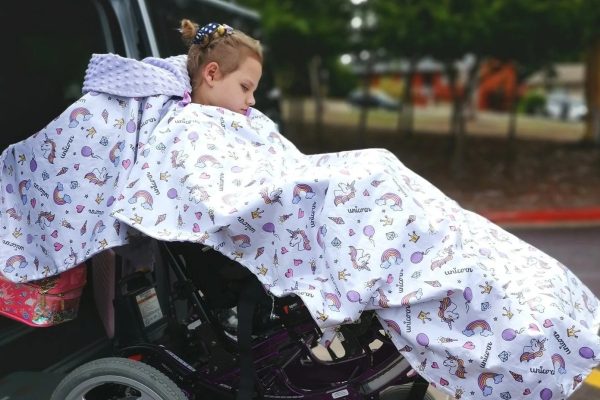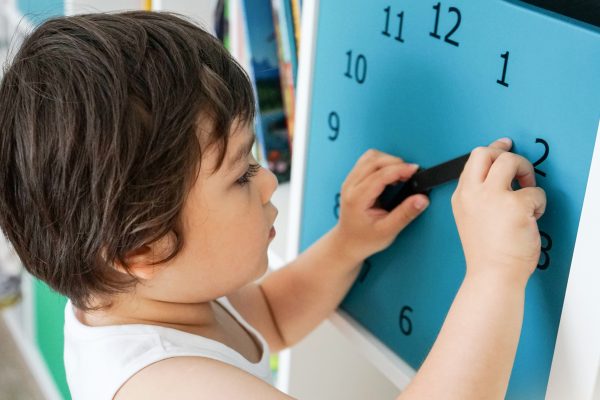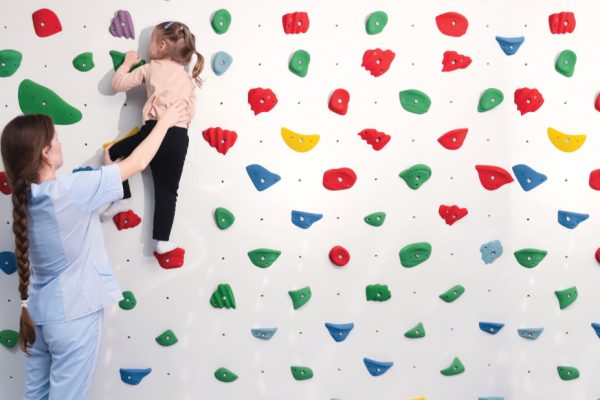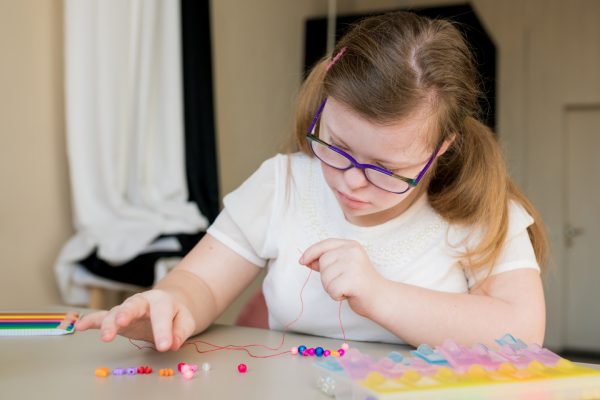
Quick speech tips: learning to take turns in a conversation
By Kylie Martin
What do you do when your child won’t stop talking? Unfortunately, they don’t come with an off switch and sometime enough really is enough, isn’t it! Social communication is a very complex task.
Not only do kids have to learn to listen think and respond, but they have to learn to look at the person they are talking to, read their facial expressions and body language, interpret their tone of voice, use clues form the environment to fill in the gaps in the message, draw on past experience, stay on topic AND take turns. That’s a lot to deal with when you break it all down (and that list isn’t conclusive!). Some kids have trouble co-ordinating all of those tasks. They might talk on and on and on, because they don’t read the clues of your body language or interpret your responses to them accurately. Some children need to be taught these skills explicitly.
I often refer to conversation as a tree. There are 2 big branches and lots of little branches that come off those big branches. The tree needs to be kept even. If you have all the turns in a conversation, your side of the tree gets really big and mine is stays small. To keep both sides of the tree even, we need to listen to how big the other persons turn is. If they have a short turn, we should have a short turn. If they have a longer turn, then we can have a longer turn too. If the tree gets too big on one side it might fall over and you can’t play in the tree any more and that’s boring. If one person has all the turns in a conversation or talks for too long, the other person might get bored and not want to talk any more.
Drawing the picture of a tree and asking a child to reflect on how the tree is looking during a conversation can be a good way to help children visualise what is going on and remind them to ask you some questions so that you can have a turn at talking and sharing ideas too.
Kylie Martin is a speech pathologist at Chatter-boxes Speech Pathology Services. For advice or information on speech and language development, play, feeding or social communication visit www.chatter-boxes.com.au






